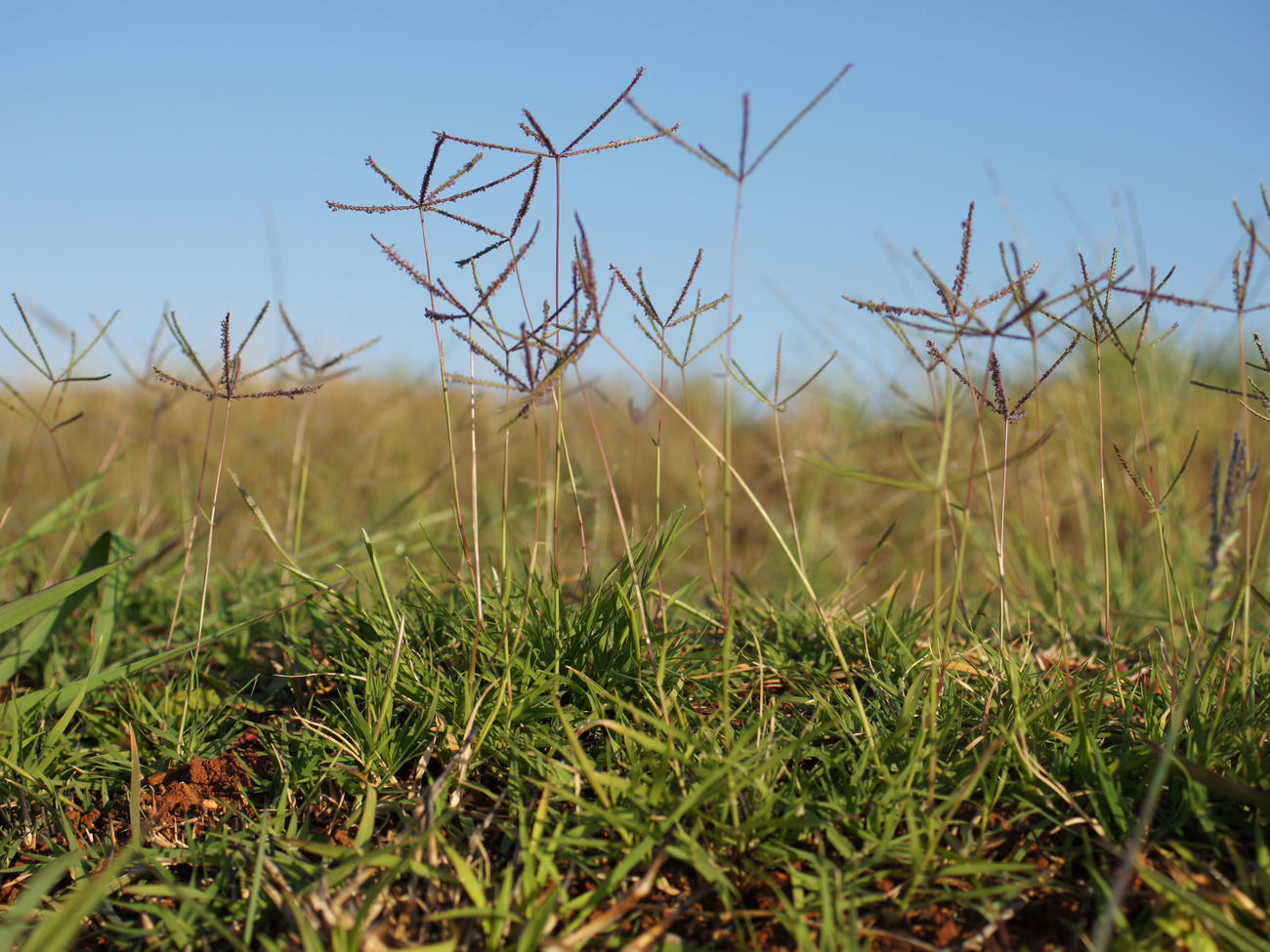
How to Lose Your Bermuda Grass

Bermuda grass (Cynodon dactylon) is a popular choice for lawns in the hotter regions of the West for very good reasons. It loves heat, it’s remarkably resistant to wear and tear, and, as turf goes, it’s relatively drought tolerant.
But its admirable vigor also makes this turf a challenge to remove if you decide to replace it with something else. Bermuda grass (Cynodon dactylon) spreads by underground stems (rhizomes) and aboveground runners (stolons). It seeds pretty aggressively too.
Because it’s so tough and persistent, most professionals and homeowners use an herbicide (generally glyphosate) to kill it.
They spray, strip off the dying sod, irrigate to generate growth of any surviving rhizomes, and then repeat the process at least once (one treatment rarely kills a Bermuda lawn).
But if you don’t want to use glyphosate―and the herbicide is not as benign as originally believed―you do have other options. Three professionals weigh in.
1. Owen Dell, landscape contractor and author of Sustainable Landscaping for Dummies, Santa Barbara
Strip it.
Dell swears by this method to get rid of all kinds of lawn, including Bermuda. He strips off the grass, covers the soil beneath it with three layers of cardboard, tops the cardboard with 4 or 5 inches of mulch, then lets the whole thing sit for six months.
But he warns: Once you’ve gotten rid of the Bermuda, don’t assume your job is over. “Bermuda seeds are in the air,” he says. “It may be one year or it may be five, but they’ll be back.” So be vigilant.
